Learning any craft takes time and practice. The same is true of drawing. Although some people seem to be born with a more generous portion of talent, anyone can learn to draw.
All that is needed is some patience, some dedication, and a piece of paper and a pencil. There are some tricks, however, that you can use to increase your chances of becoming a drawing pro faster.
Try these seven below at Live Enhanced:
1. Pick a Subject
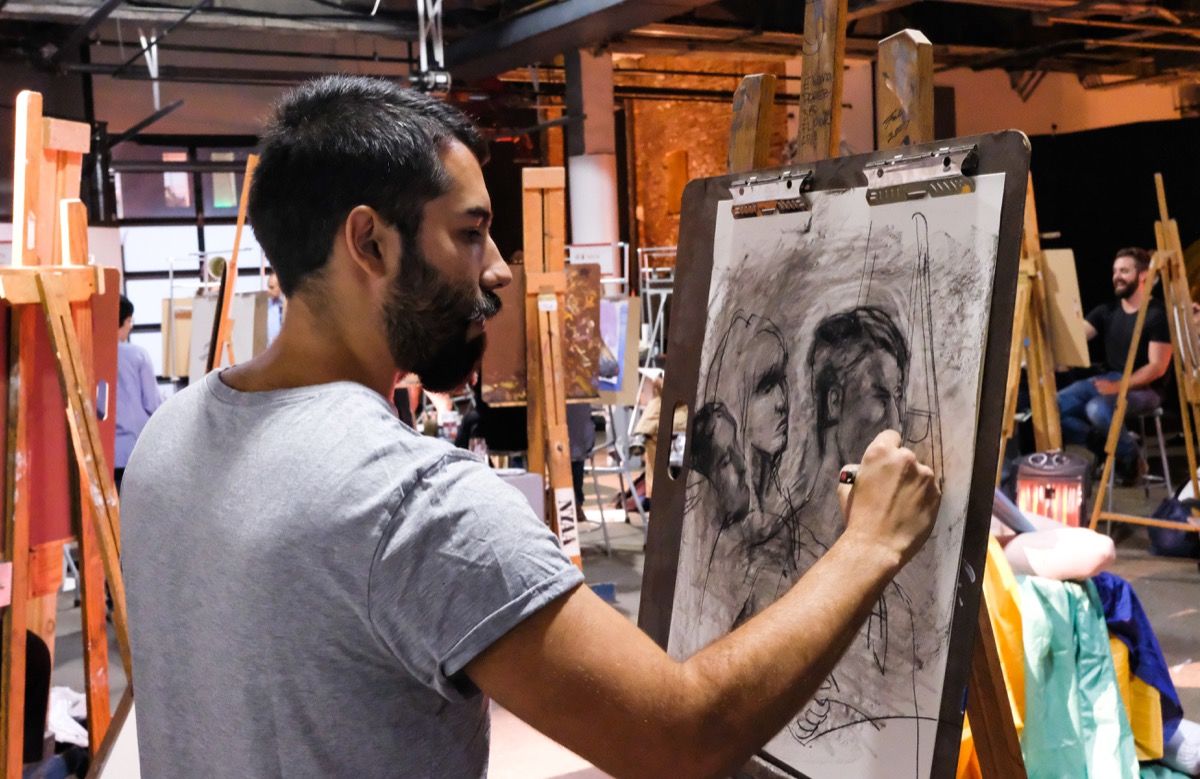
source: cloudfront.net
Have you ever seen an artist’s notebook or sketchbook? They are often full of pages full of one simple subject. Whatever caught the artist’s eye, or perhaps what they felt they needed to work on, was repeatedly drawn.
You can emulate that tactic through repeated drawings of one thing. Repetition will help you improve in anything in which you try to excel. It is the same for drawing skills.
Once you’ve chosen your subject, draw it with different lighting. Draw different types of the same subject. Draw that subject from different angles.
Let’s give an example of an apple. You can draw that apple from the top, in the afternoon light, with a spotlight, and from the side. You will draw that apple until you feel like you know every possible surface and curve.
It is guaranteed to help you draw an apple with ease, and also help you to draw better in general.
2. Trace Images
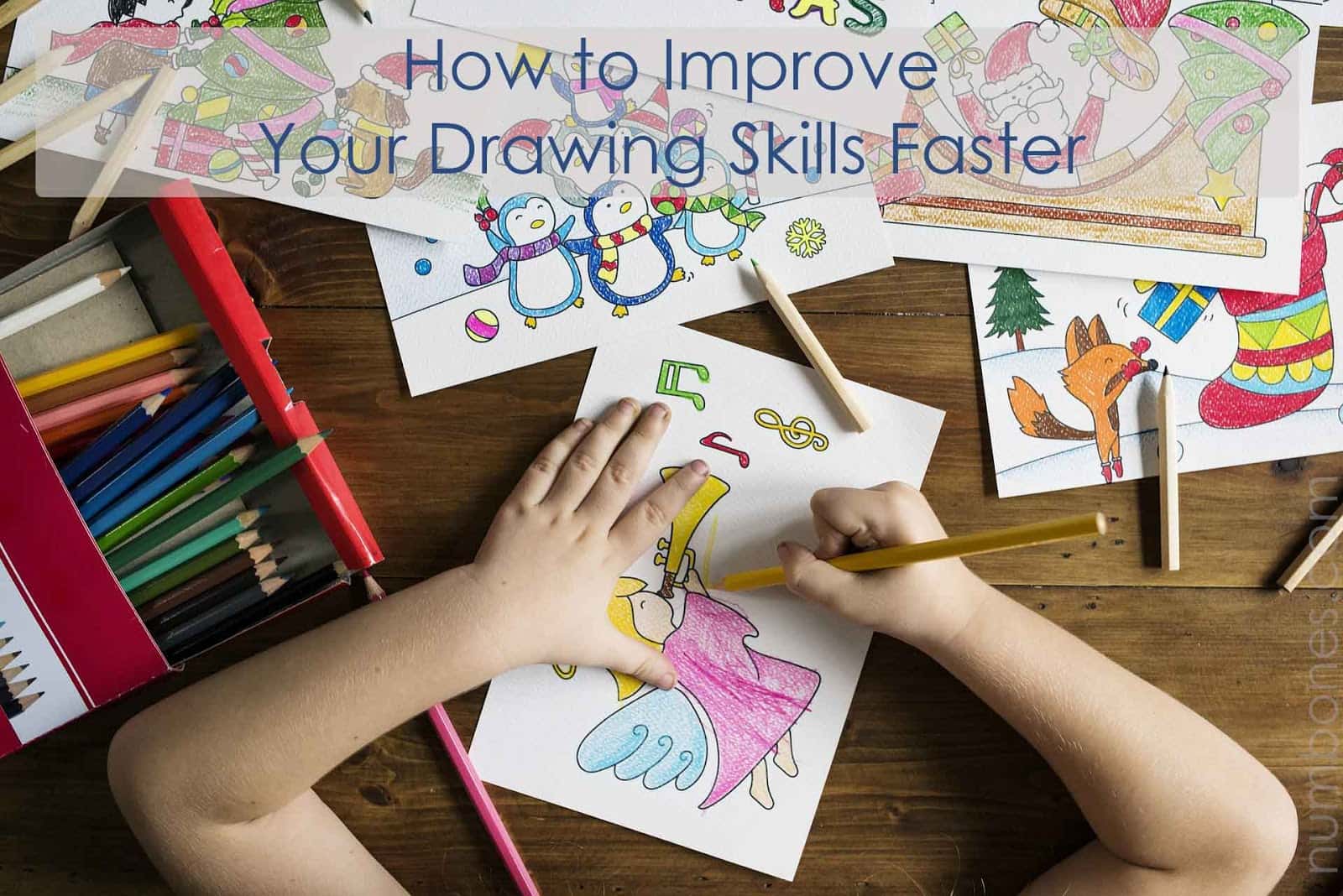
source: numbones.com
We’ve all done it as children. Why not as an adult? You might feel like it’s cheating but what you are doing is training your hands to draw these shapes.
Your hands will learn muscle memory from going over the pattern and through repetition (see #1), you will improve your drawing skills.
Once you’ve traced an image a couple of times, try drawing the image freehand and see your improvement.
3. The Pattern Grid
The art of drawing is simply connecting a mix of lines and shapes to form an image. The pattern grid is designed to help you excel at drawing lines and shapes.
On a piece of paper, you would use a ruler to create a grid of empty squares. Your job is to fill each square of the grid. This allows you to practice all sorts of these lines and shapes until you can do them with your eyes closed.
4. Keep a Sketchbook
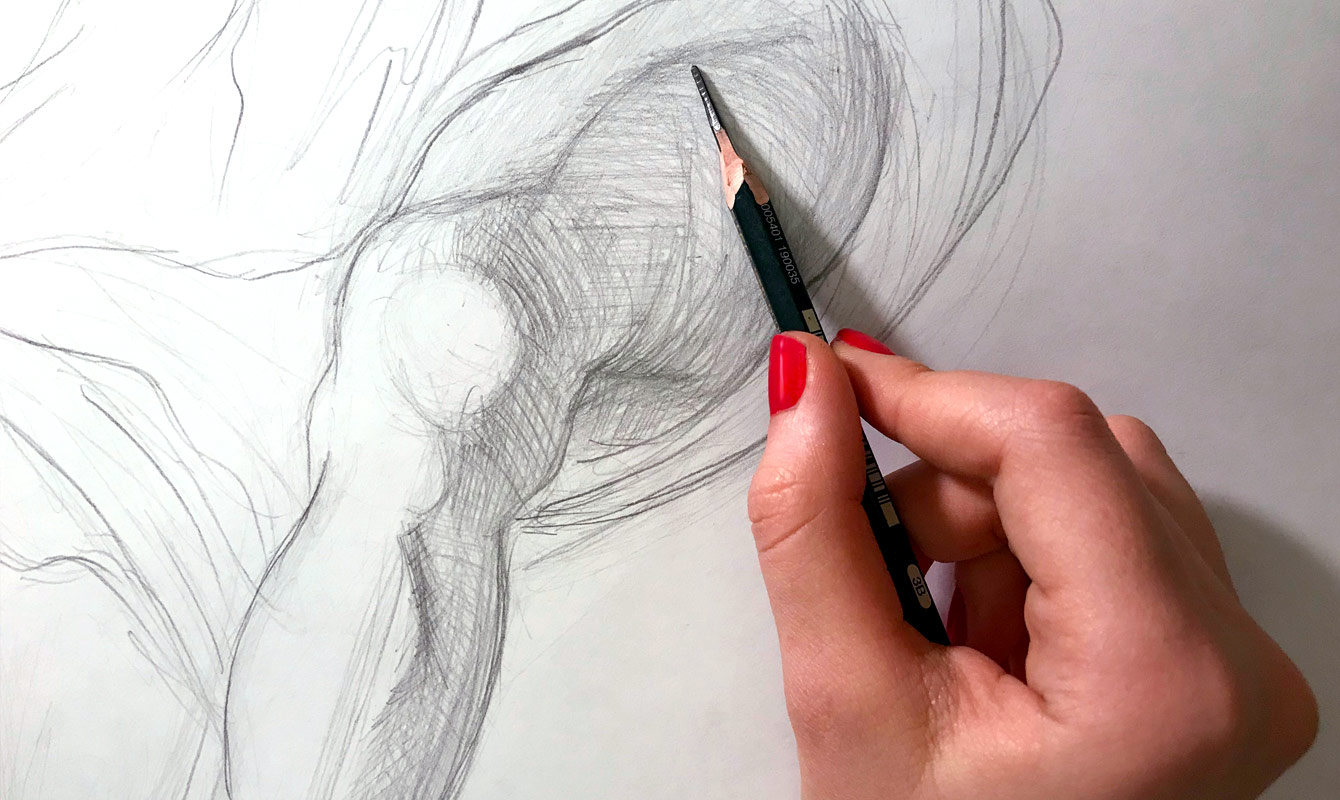
source: invaluable.com
All true artists own a sketchbook and have several already filled. This is because they find art and inspiration everywhere.
If you want to improve your drawing skills, you should also keep a sketchbook with you at all times. Look for things to draw wherever you go.
This makes drawing a part of your daily life and it helps you to see things with an artist’s eye. Instead of simply drawing when the mood strikes, you’ll learn to draw under many different conditions.
You’ll also be forced to draw things as they are and quickly before things change. This will help you to sketch a rough image of the subject and train you to then add the rest in detail as you finish the drawing.
You’ll have to dig into your memory bank to keep the drawing as is, if anything moves, which often happens in life.
You’ll not only learn to draw faster and with more purpose, but you’ll also train your brain to take a picture of your desired drawing to tap into after the moment has left.
5. Use Different Mediums
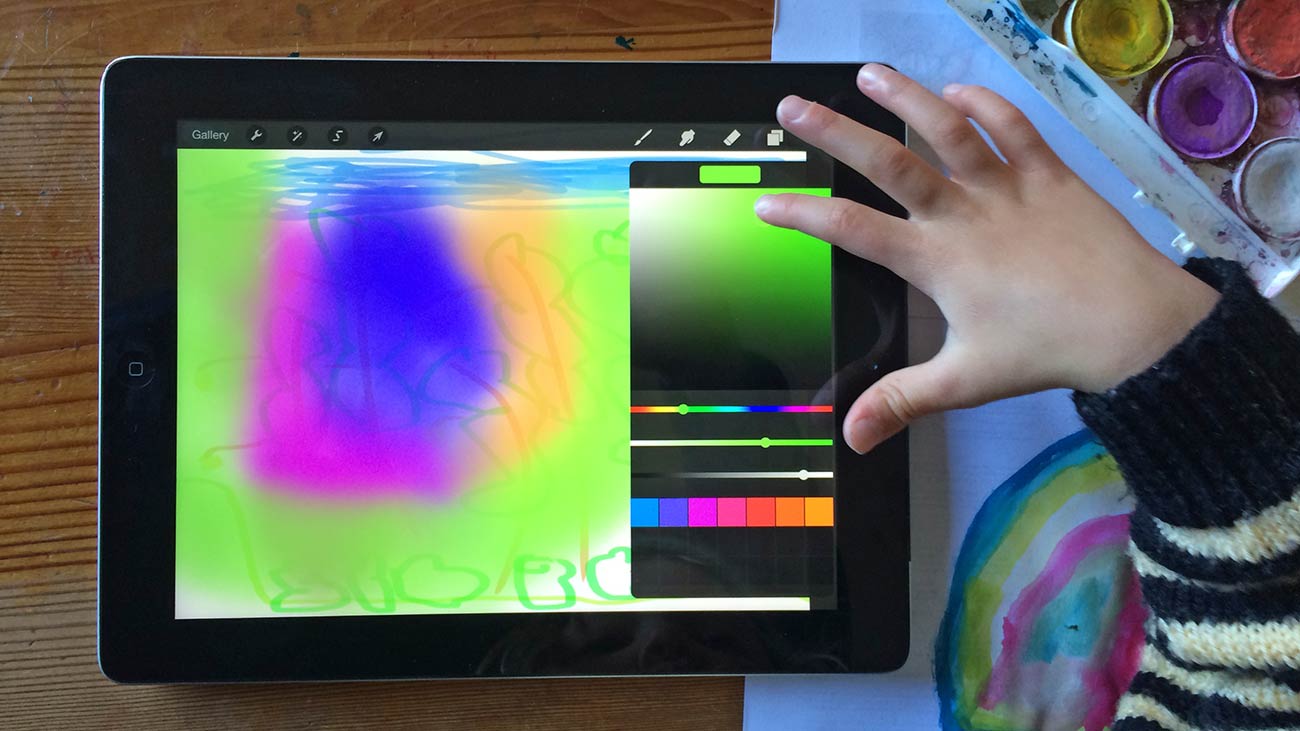
source: brightpips.com
We all start out with the raw practice of putting pencil to paper but there are so many other mediums that you can use to draw.
Learning how to manipulate these other drawing mediums will help you to become a more adept artist.
Some popular mediums include charcoal, which requires a certain amount of knowledge as to how the charcoal needs to be managed.
You will learn quickly that it smudges easy and you’ll need to be more careful, not just with the tools, but with your hands as well.
Pastels are another popular medium. There are even two different types of pastels; oil and chalk. Both will be handled differently.
Alcohol markers are easier to handle but require more blending and outlining in order to make your drawing appear more realistic and not so flat.
All mediums require a different technique and learning these will improve your drawing skills.
6. Use High-Quality Art Supplies
There’s no denying that using a plain old #2 pencil will not create the same effect as a softer drawing pencil with shading and outlines.
That’s why investing in some drawing utensils can help you become a better drawer. Just as better quality pots and pans can help a chef create a better meal, higher quality art supplies will help an artist with their work.
Paper quality comes into play as well. You will need to learn the correct paper for the corresponding medium. Charcoal will use a different type of paper than markers.
Learning these tricks of the trade can help your artwork truly shine.
7. Learn to See Shapes and Values
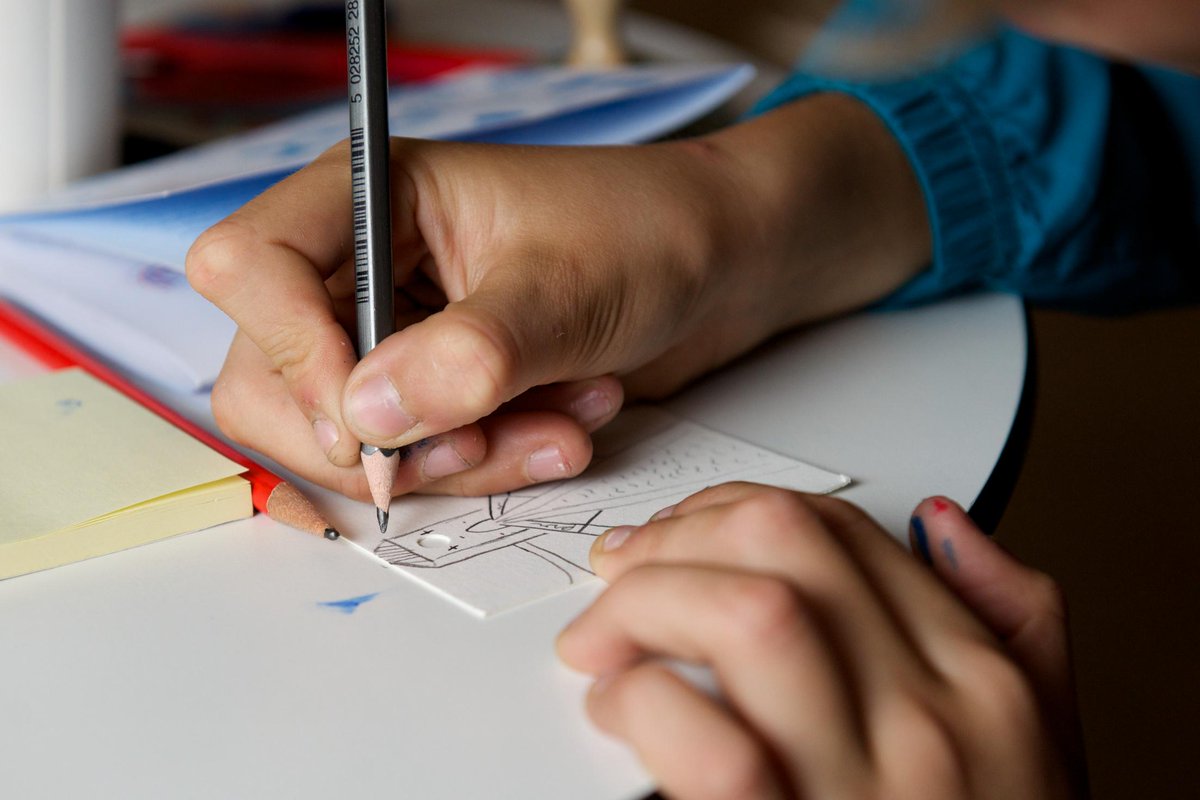
source: pinterest.com
Many artists first break subjects down into ovals, squares, or triangles first to get the basic shape of the subject. Just as you would start a snowman with three circles, you can begin drawing any subject with simple shapes.
This practice helps to get the correct dimensions of the subject before adding more detail.
You wouldn’t want to begin drawing a zebra’s head and body then later find out that the legs are too short or the head is out of proportion.
A good drawing will not only be proportionate but also have the right values in the right location. Value is a spectrum of darkness or light.
When you fully understand value, this improves shading and multi-dimensional drawing, which makes them look more realistic.
Conclusion
With these seven ways, you can improve your drawing skills exponentially. But as we already discussed, it will take time and dedication.
The more time you dedicate to improving your drawing skills, the faster you will see progress.



